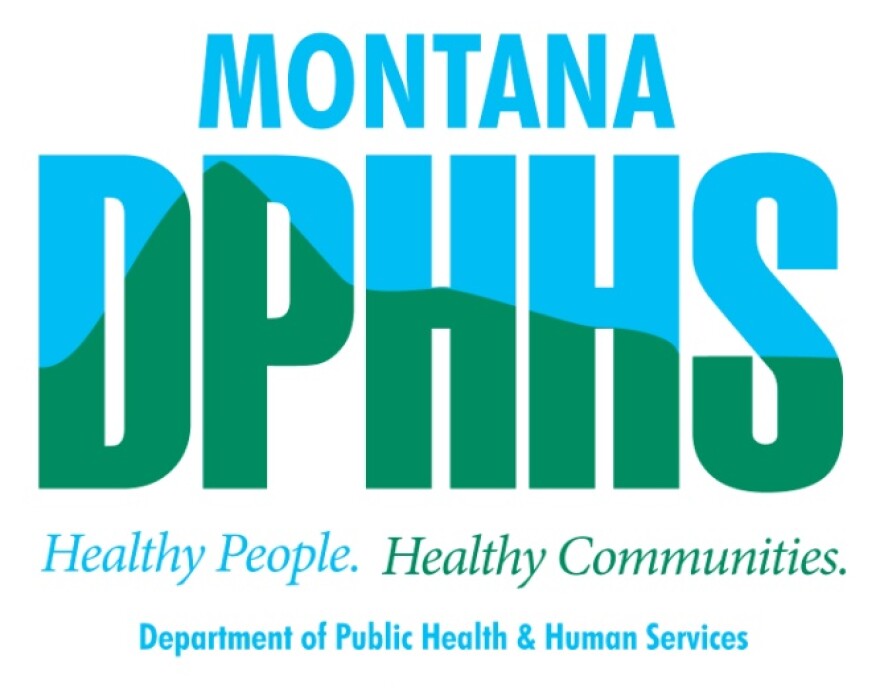According to Montana’s child protective services division, there are about 3,800 children in the state’s foster care system. State officials say a new federal program could reduce that number by, in part, treating behavioral health issues within families.
When the state removes Montana kids from their families for their own protection, there are generally one or two common factors.
“I would say substance abuse and serious mental health issues," says Nikki Grossberg, deputy administrator of Montana’s Child Protective Services Division.
"Meth is still the primary drug of choice for parents we’re engaged with, but alcohol and opioids are also impacting families."
Montana has one of the highest foster care rates in the nation, but according to Grossberg it’s at least starting to stabilize.
"We have made a big effort on helping kids exit care. So, really trying to increase the number of kids who are available for adoption, really increasing getting those children to permanency. And then really trying to also, on the front end of it, working with providers and families to keep children in the home."
Those goals dovetail with new federal legislation that has the potential to dramatically change how child welfare systems across the nation are managed.
The 2018 Family First Prevention Services Act basically changes how federal foster care and adoption services funding works.
According to Montana Child Protective Services Division’s Nikki Grossberg, "It’s a reimbursement stream to provide in-home interventions to keep children with their families in the home while parents are receiving evidence-based treatment models for substance abuse, mental health or parent education."
In other words, the goal is to do everything possible to allow young foster care candidates to stay with their parents or relatives. It simultaneously discourages support for institutional group home settings; unless absolutely unnecessary.
Grossberg says the new law allows states to spend the same federal dollars they’re already getting, but in new ways.
"Ideally, states are saving money on the group home placement and being able to put it in the prevention side of interventions to keep children in the homes, which truly is what’s best for kids and families."
By spending the money on behavioral health treatment for the family up front, Gossberg says it may help prevent a kid from winding up in foster care.
But she says Montana’s foster care officials will have to be vigilant to ensure particularly vulnerable children aren’t kept in harm’s way in pursuit of the new program’s goals.
"There are certain situations where children are not able to be maintained in the home safely and that they will have to come into the foster care system. Ideally, they will be placed with relatives. But yes, we have to be very thoughtful and very thorough about how we assess these families to provide the appropriate services to keep the children safe while they’re in the home."
A national consultant Monday gave an overview of the Family First Prevention Services Act. About 120 providers and officials attended the Helena meeting.
"Today’s been really positive group of people to come together. They've asked a lot of really good questions of the presenter. I really do feel like Montana is gonna have a great opportunity to really change how child welfare works."
Some provisions of the Family First Act took effect his month.
Montana is one of 32 states that will delay its implementation until 2021.


